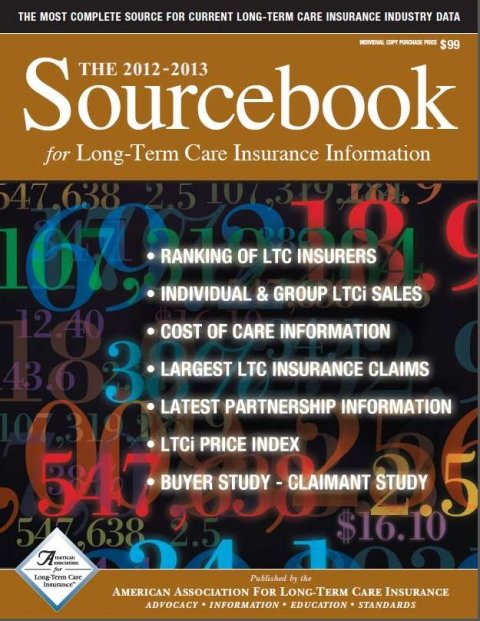Jesse Slome is the executive director of the American Association for Long-Term Care Insurance (AALTCI). We had the chance to sit down with him and discuss the AALTCI. Here’s what he had to say about it.
What challenges do you feel your members are facing at this time with marketing or business development – and on the flip side, what opportunities do you see for your members?
Long-term care insurance is one of the most misunderstood product categories that exist. As a result, agents have always had a difficult time being successful in the business. It was somewhat easier a decade ago than it is today, since two things have taken place simultaneously that impact insurance professionals.
First, because of the low interest-rate environment, premiums are higher than they’ve ever been. At the same time, we now exist in the age of Google, so consumers have exponential access to information, expertise, and competition. Ten years ago, the average agent went in, met with the client face-to-face, and walked out with a sale. Today, the average client a) can’t afford to go do a face-to-face meeting, and b) within 2 minutes after the agent is done, the consumer is Googling to validate what the agent has said, and seeking other opinions.
The vast majority of agents today are still approaching the market as if it was 2003, without recognizing that the world has dramatically changed. In 2013, the products are different, the approaches need to be different, the marketing messages need to be different, and consumer sales strategies need to be different.
As much as our industry has changed, though, there were still 322,000 Americans who purchased long-term care insurance in 2012. Many agents are still selling hundreds of policies a year. Yesterday alone, over 50 consumers contacted us looking for an agent, for example.
Why are your members drawn to you specifically?
For two reasons, the first of which is information. Information is at the heart of our model. Insurance producers do a great job of making brochures, but when you hand a brochure to a consumer, it seems like you’re trying to sell them insurance. On the other hand, when you give them a generic piece of information, they feel like you’re an advocate that’s helping to educate them. That subtle nuance is extremely valuable.
The other reason is that we’re cheap! Our membership is a $98 investment, and for that price, members get an annual source book which contains all of the latest data in the industry. It is the single most valuable source that has year-to-year info on what is taking place in long-term care.
Starting out, it’s a $98 investment. Agents have to invest in themselves. The majority of agents in long-term care don’t last, because they mistakenly believe that if they don’t get rich quick, they should leave.
What types of tools or services does your association offer to its members?
Aside from the source book, we offer marketing tools and hundreds audio and video files that users can download. They contain sessions where I interview successful people. We just did an interview on a new presidential commission looking into long-term care. I interviewed one of the top people in DC in this field to get his opinion on the current outlook.
What are your upcoming goals for the AALTCI?
Our mission is to do two things. First, to advocate and educate the general public about the importance of long-term care planning, illuminate industry changes, and to make them aware of how these changes are beneficial. At the same time, our secondary mission is to go to agents and brokers to educate them on these changes. They need to adapt what they’re doing to meet consumer preferences and buying habits today, and we want to help them.
If there is anything I overlooked that you’d like to share / one aspect of your association that people in the industry should know, what should it be?
Coming in 2014, we will do a live national conference, part of which will be broadcast live and free of charge, to all agents who are interested in long-term care insurance. They can find out more by visiting this link.












